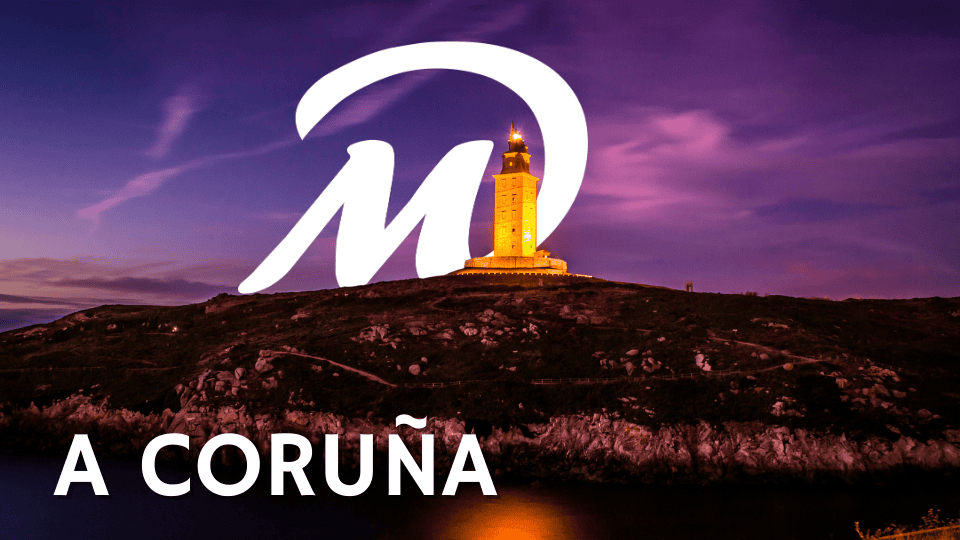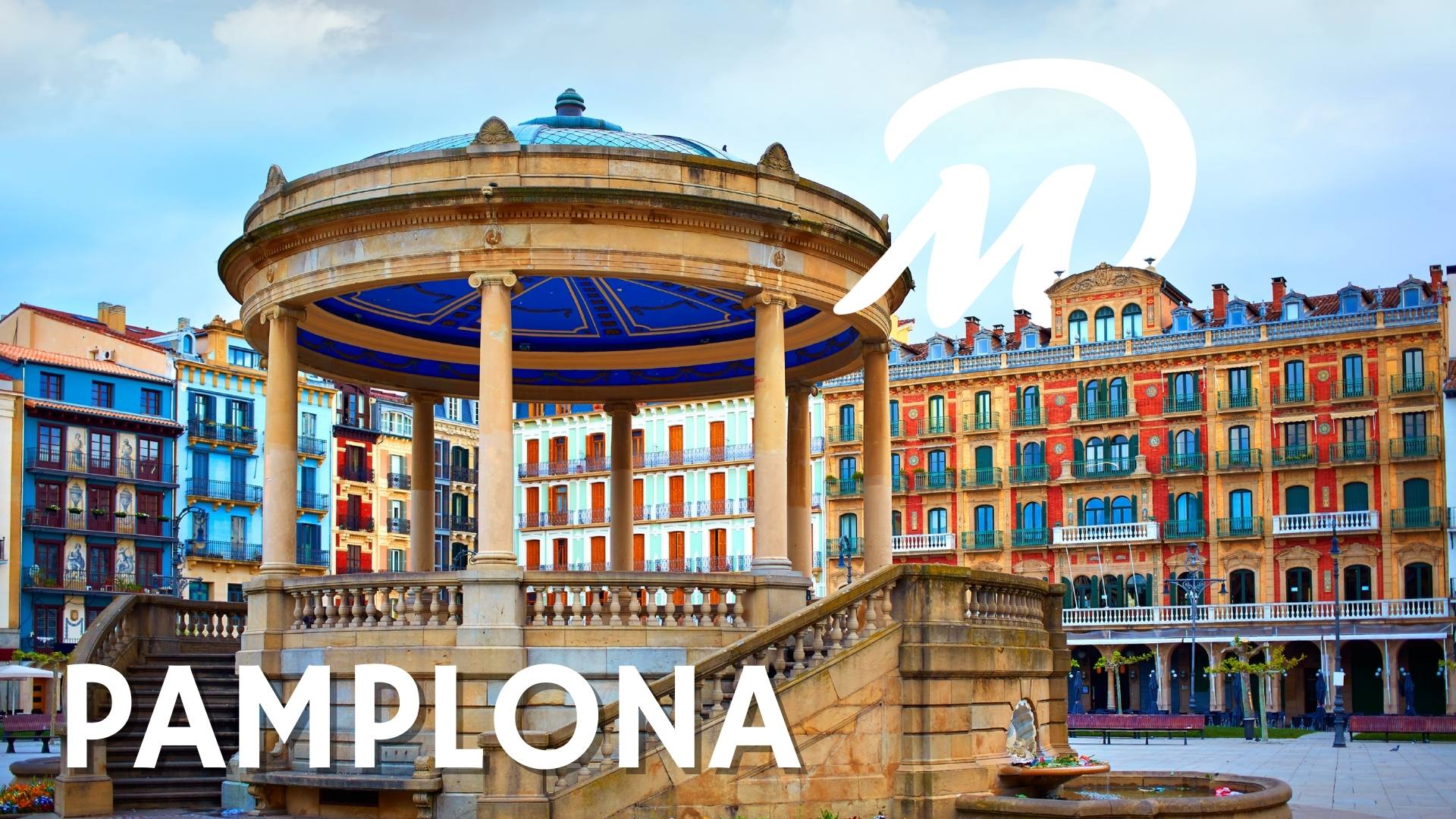Immerse yourself in the vibrant atmosphere of Bilbao, an urban gem nestled in the heart of the Basque Country, unfolding between modernity and tradition.
We will guide you on things to do in Bilbao a city that reinvented itself after the 1983 flood with a cultural and architectural renaissance and awaits you with open arms.
Discover the best things to do in Bilbao with DareMapp. Guided tour around the most important places, their history and curiosities Do you dare?
In this guide, we’ll take you on a journey to discover the best of Bilbao. You’ll see its impressive heritage, from the San Antón Bridge to the Ribera Market, and immerse yourself in the vibrant local culture. Get ready to experience the highlights of Bilbao, where every corner tells a story.
🌉 Bilbao is waiting for you with our COMPLETE CITY GUIDE.
A journey through history. Things to do in Bilbao in a morning
Origins and Foundation
Bilbao, the vibrant city located in the north of Spain, has its roots in the year 1300 when it was founded by Don Diego López de Haro. Situated at the mouth of the River Nervión, it took advantage of its strategic location for maritime trade and the export of iron from the Biscayan quarries. Over the centuries, Bilbao flourished as an important commercial port, growing in wealth and population.
Continue reading to discover the top things to do in Bilbao!
The Industrial Age
The 19th century marked the beginning of intense industrialisation in Bilbao. The city became the heart of the region’s steel, shipbuilding and mining industries, leading to considerable urban expansion. However, the decline of industry in the 1980s challenged the city economically, necessitating a significant transformation.
Renaissance and Transformation
Bilbao’s renaissance materialised with the construction of the Guggenheim Museum Bilbao, a masterpiece by architect Frank Gehry that opened in 1997. This project not only changed Bilbao’s image, but also revitalised its economy through tourism, making it a cultural landmark. This phenomenon, known as the “Guggenheim effect”, spurred further urban and cultural developments. A great visit at the top of the things to do in Bilbao.
Bilbao Today: A Modern City
Today, Bilbao is an example of modernisation and urban revitalisation. The old town, with its mix of history and modernity, offers a vibrant atmosphere with pintxo bars, shops and historic buildings. The city continues to expand with projects such as the Euskalduna Palace and the renovation of the Ribera Market.
DID YOU KNOW…Bilbao’s Old Town began with just three streets?
Explore how it grew into the famous “Seven Streets”.
With the app DareMapp, discover this and many other curiosities as you stroll around the city with your smartphone.
Culture and Tourism
Visiting Bilbao today means exploring a city that has managed to transform and adapt. From its rich cultural heritage to its vibrant art and food scene, Bilbao invites visitors to discover all it has to offer. Places like the Guggenheim Museum, the old town, and modern cultural facilities are just some of the must-see attractions and must-do things to do in Bilbao.
Every corner of Bilbao offers something unique, from its art and architecture to its famous gastronomy, making it a fascinating and diverse tourist destination on the map of Spain.
THINGS TO DO IN BILBAO IN A MORNING. 13 KEY SITES.
Continue with us and discover things to do in Bilbao, from its bridges to its churches and markets. Walk through these 13 essential places to know things to do in Bilbao.
CONVENT OF LA ENCARNACIÓN
We begin our visit at the Convent of La Encarnación, which began to be built in 1913 and took 13 years to complete, with a church and a cloister.
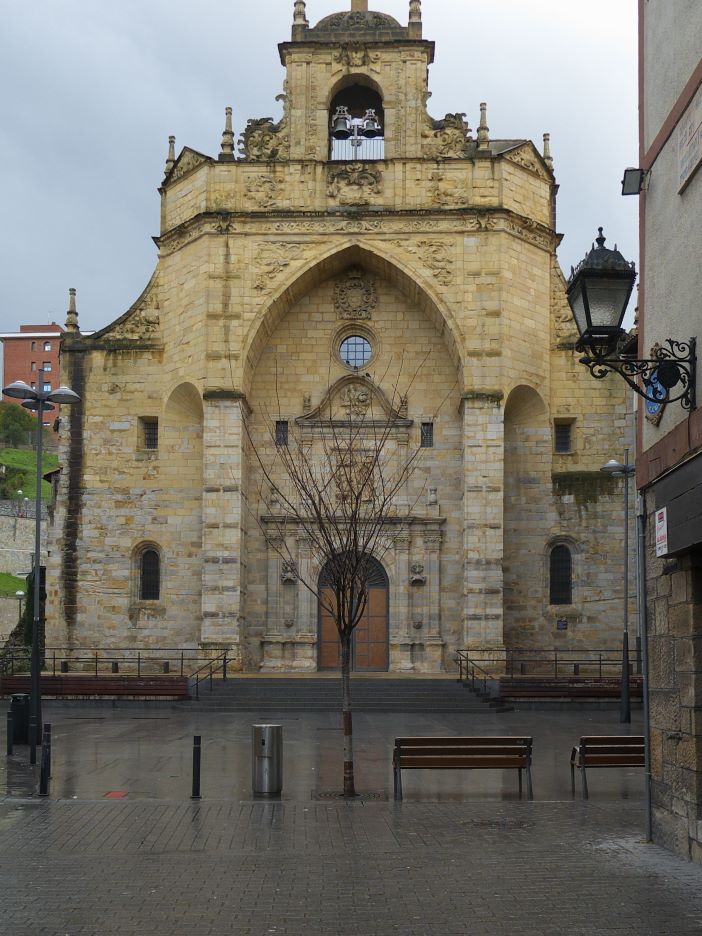
The church was built thanks to donations from wealthy families who lived in the town and wanted to have graves in the convent. Another purpose was to serve Dominican nuns and today it is run by Dominican priests.
The cloister currently houses the Diocesan Museum of Sacred Art.
The church is also used for classical music recitals and the Renaissance style of the façade stands out.
The Convent of the Incarnation has also played an important role in the religious and social life of Bilbao, serving not only as a place of prayer and contemplation, but also as an integral part of the community, being involved in education and social assistance. Over the years, it has witnessed and been part of the evolution of the city, adapting to the changing times while maintaining its traditions and spiritual practices.
Although not as visited as other more emblematic monuments, one of the keys things to do in Bilbao, the Convent of the Incarnation offers a unique glimpse into the religious heritage and historical continuity at the heart of a city that has undergone a profound transformation from its industrial roots to become a centre of art and culture.
SAN ANTÓN BRIDGE
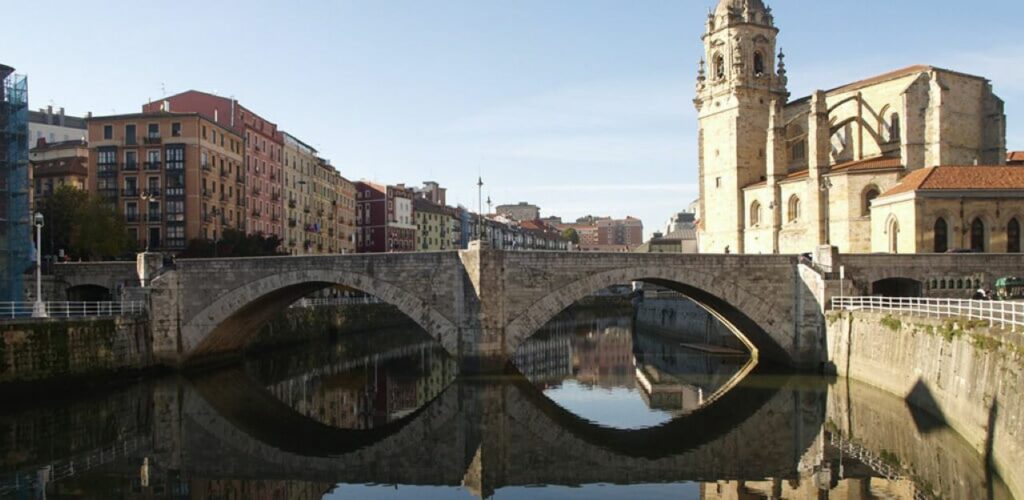
Visiting the emblematic San Antón Bridge is one of the most representative things to do in Bilbao. Until almost the end of the 19th century it was the main access to Bilbao, both for people and goods. However, its location has not always been the same.
The San Antón Bridge, located near the church’s tower and the old square, was replaced by the current bridge after being destroyed in 1937 during the Civil War. Its history, tied to the third Carlist war and the rebuilding of Bilbao, makes it one of the fascinating things to do in Bilbao today.
CASA KUNA (CRADLE HOUSE)
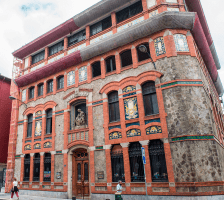
Another of the key thinngs to do in Bilbao with a long history is the Casa Kuna. The building was constructed between 1914 and 1916, and was later renovated in 1939 with the addition of a new floor.
The original purpose of the Casa Cuna was to care for the young children of the day labourers when they were at work, which is why we can see a statue representing Charity on the façade.
After a careful interior refurbishment, the Casa Cuna de Bilbao is now called BBK Kuna, and is a space where companies, administration, universities/research centres and citizens work to find solutions to the challenges we face as a society.
CHURCH OF SAN ANTÓN

The Church of San Antón is one of the most notable and oldest monuments in Bilbao. Located in the Old Quarter, one of the most emblematic, it´s one of the keys things to do in Bilbao.
It was built in the 18th century on the site of a small 16th century chapel. The ground plan has an ellipsoidal shape with four rectangular spaces that correspond to the base, chancel and side chapels.
From its origins until the 19th century, the interior of the church was used as a cemetery. The church has suffered several calamities in its history, the last in the catastrophic floods of 1983, which carried away a large part of its furnishings.
Still looking for what to see in Bilbao? With the DareMapp app, your visit is ready on your phone so you can start NOW.
LA RIBERA MARKET
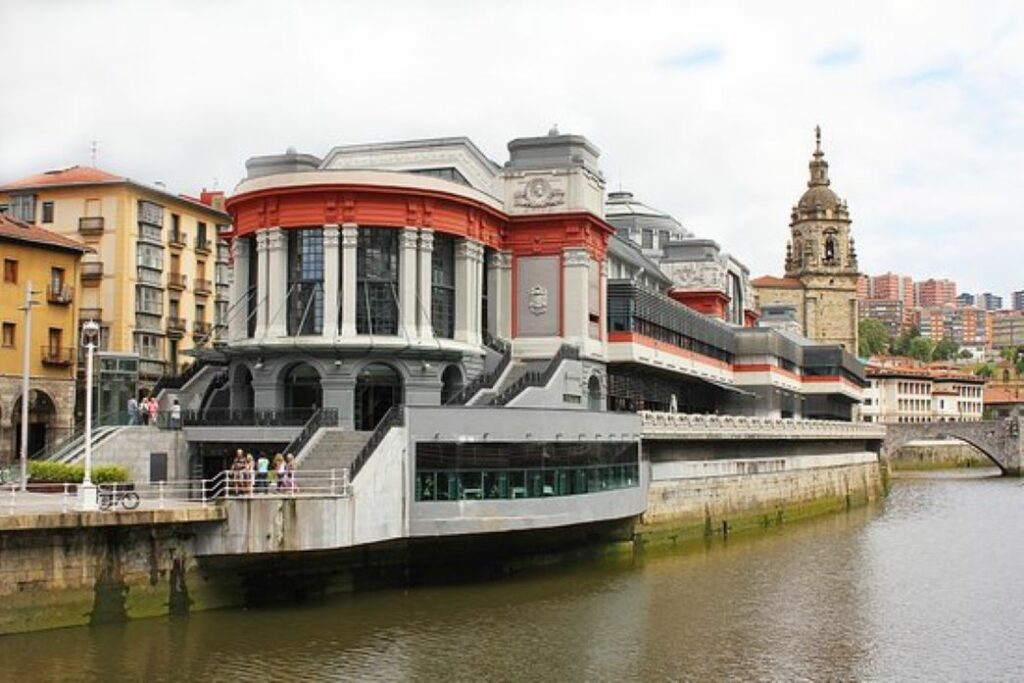
This is one of the main markets to visit in Bilbao. The city has a long tradition of municipal food markets.
La Ribera Market, located in the heart of Bilbao, was inaugurated on 22 August 1929. From then until today, the number of municipal markets has multiplied.
Due to its location in the Old Quarter of Bilbao, it has the same protection as the Old Quarter of the City as a national Historic-Artistic Site. In 1990, the Mercado de la Ribera obtained the Guinness Record for being the most complete Municipal Food Market, being the largest covered market in Europe.
In addition, the Mercado de la Ribera completes the gastronomic offer and things to do in Bilbao with restaurants, bars and gastrobars, where you can taste ham, seafood, gildas or enjoy the best live jazz.
ARANA PALACE
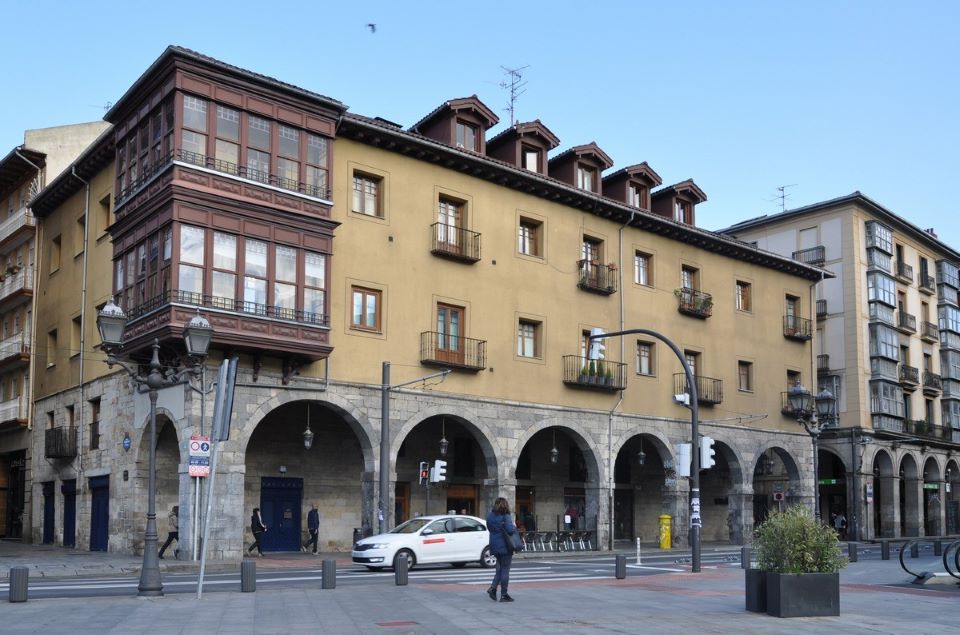
Just in front of the market, there are arcades underneath the oldest palace in the city, the Arana Palace. Exploring this historic site is one of the fascinating things to do in Bilbao, attracting art and architecture enthusiasts.
Built around 1590, with a large gate guarded by two wild Hercules protecting the entrance to the inner courtyard that organises the rest of the palace.
Its façade is one of the most photographed by those who decide to travel to Bilbao
SANTIAGO CATHEDRAL

Consecrated to the Apostle St. James, the official patron saint of the city, we find this splendid Gothic Cathedral Basilica built between the last quarter of the 14th century and the beginning of the 15th century.
It is located in the heart of the Casco Viejo, the oldest area in Bilbao, and has become a heavy axis of history, art and tradition venerated for generations.
It is made up of a large number of consecrated chapels and in its crypt, even today, the remains of the original chapel on which it was built can still be seen.
The Cathedral Basilica of Santiago was declared a Spanish Historical and Artistic Heritage Site in 1931 and is considered one of the best examples of Gothic architecture in the Basque Country. Visiting it is undoubtedly one of the top things to do in Bilbao.
CHURCH OF LOS SANTOS JUANES
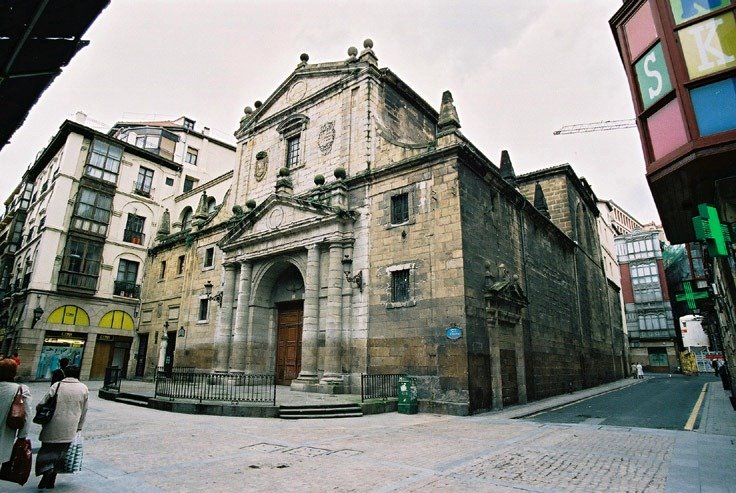
Very close to the Cathedral, still within the Old Quarter, we find the church of Santos Juanes.
The church dedicated to Saint John the Baptist and Saint John the Evangelist is located at the junction of Ronda and Cruz streets, but it was not always like this. The parish church was moved here in 1770, after the closure of its original site (1477), in the square next to the Bridge of San Antón. After the flood of 1553, the following year the Cofradía de la Vera Cruz (Brotherhood of the True Cross) was founded in this parish, the oldest brotherhood in Bilbao. A must in our things to do in Bilbao if you like history.
Due to its acoustics, it allows for spectacular classical music recitals. At these moments, the vibrations reverberate in the stone and create a dreamlike sound of great attraction.
NEW ARCHAEOLOGICAL MUSEUM OF BILBAO
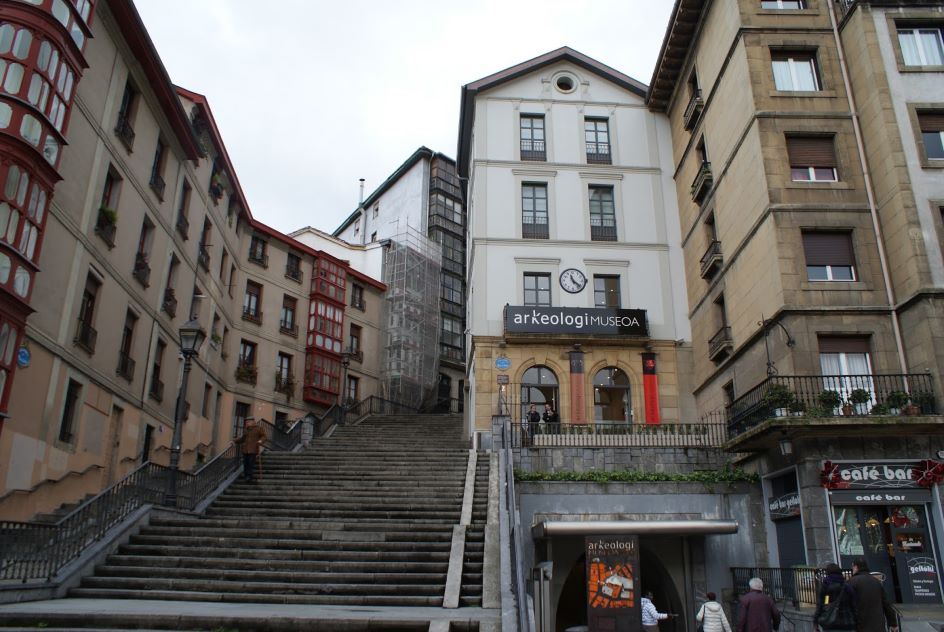
Another key point to see that is very close by is the archaeological museum, inaugurated in 2009, in the old Lezama station, with 5 floors and more than 3,000 square metres. The objectives are:
– To conserve the prehistoric legacy of the historical territory,
– Research and cataloguing of the same
– And finally its dissemination and enhancement among all citizens.
It has a permanent collection of approximately 500 pieces. The oldest are 75,000 years old.
The Archaeological Museum is located at the beginning of the Calzadas de Mallona where you will see 323 steps built to facilitate the way to the Basilica of Nuestra Señora de Begoña.
NEW SQUARE

Next to it is the Plaza Nueva, located in the heart of Bilbao’s old quarter. It was built in the 19th century, and the idea of making it this way came from the enlightened spirit of Bilbao at the time. It is neoclassical in style and has a surface area of 3,400 metres, and was inaugurated in 1851. Its design was the result of the work of three architects
The material used for its construction was golden sandstone ashlar.
The Plaza Nueva used to have a garden which was lost due to construction work.
It is undoubtedly a square with a lot of character and a key in the things to do in Bilbao.
ARRIAGA THEATRE

Designed in the 19th century by Joaquín Rucoba, this iconic theatre is a top highlight among the things to do in Bilbao. The building was constructed between 1886 and 1890. After a few years the building suffered a fire and had to be rebuilt, taking the Paris Opera House as an example. This influence can be seen, above all, in the composition of the main façade and in the decorative elements.
Between 1982 and 1986 it underwent a further remodelling, during which the imperial staircase was built, giving the theatre a majestic appearance.
💡DID YOU KNOW… that the Arriaga Theatre was inspired by the Paris Opera House?
Its elegant façade and decorative details follow the style of one of the world’s most iconic buildings.
With the DareMapp app, understanding Bilbao is that easy.
SAN NICOLAS DE BARI CHURCH
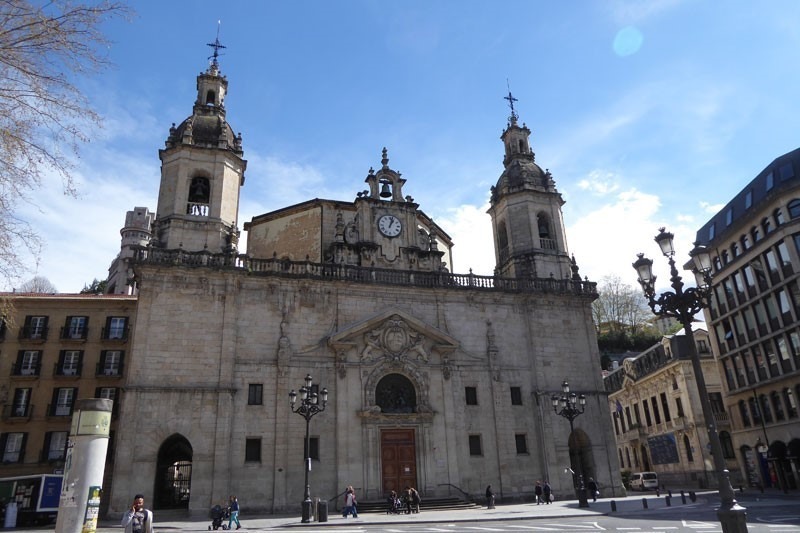
It was inaugurated in 1756 and its Baroque façade crowned by two towers, a meeting point for sailors before setting sail, stands out. It is said that in 1812 the church was chosen by the General Assemblies of Bizkaia to sign the liberal Constitution of Cadiz, a historical fact that makes it a must-see and must-do things to do in Bilbao when choosing places to visit in Bilbao. The exterior and interior restoration has allowed this church to recover its splendour, eliminating additions and once again showing the quality of its Ganguren ashlar stonework.
BASILICA OF THE VIRGIN OF BEGOÑA
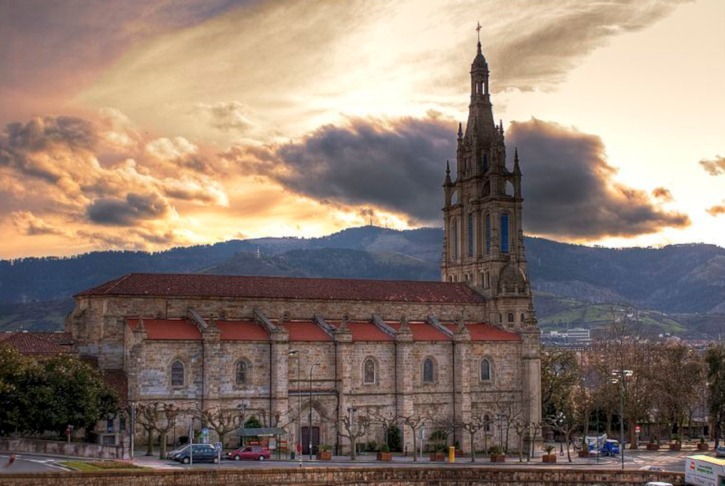
The last site we have chosen in our guide of things to do in Bilbao is the Basilica of Begoña, which has been an object of devotion for the people of Bilbao throughout its history, this virgin has been venerated by sailors and fishermen, as well as being a symbol of the people of Bilbao.
The construction of a church began on the top of a hill in Begoña where an image of the virgin had appeared. More than a century later, work was completed on the Basilica of Begoña, in honour of the patron saint of Biscay. It is a Gothic temple that combines other architectural styles.
The strategic location of the Basilica of Begoña in Bilbao did not prevent the liberal troops from setting fire to the interior of the church during the Carlist wars. The only survivor was the image of the Virgin of Begoña, which increased its popularity among the people of Bilbao. Today the Basilica of Begoña is known as the Amatxu.
💫 You’re just one click away from turning this reading into a real adventure
🗺️ Your route through Bilbao, with DareMapp

Tips to travel with peace of mind
When everything is ready — flights, hotel, itinerary — there are only two more things you need to travel worry-free: a good internet connection and reliable travel insurance.
✔ Get an international eSIM already set up on your phone. No need to change your SIM card, search for Wi-Fi, or pay for roaming. Activate it before your trip and enjoy unlimited data from the very first minute, wherever you are.
✔ Take out travel insurance that includes medical assistance 24/7, coverage for cancellations, theft, and — most importantly — advance payment of all medical expenses without you having to pay, wherever you are. Because in a new country, what matters most is feeling safe. Moreover, DareMapp offers you a 5% discount.
Both services can be arranged online in less than 5 minutes, with no paperwork required.
Don’t leave it to the last minute!
👉 Activate your Holafly eSIM at the best price here.
👉 Take out your travel insurance with IATI and get a 5% discount.
Other places and other things to do in Bilbao.
We have focused our visit on the Old Town area but there are several other places to visit and things to do in Bilbao that you should not miss.
– Guggenheim Museum: Iconic masterpiece of contemporary architecture designed by Frank Gehry, celebrated worldwide for its innovative titanium exterior and the impressive collection of modern and contemporary art it houses. The main thing to do in Bilbao is visiting this museum. Check your tickets here.
– Calatrava Bridge: officially known as the Alamillo Bridge, it is an impressive structure noted for its asymmetry and its unique inclined pylon that acts as a counterweight, eliminating the need for anchor cables, and becoming a symbol of innovation and design in bridge engineering.
– San Mamés Stadium: known as the “Cathedral” of football, it is the home stadium of Athletic Club. It is famous not only for its impressive architecture and capacity, but also for the passion and loyalty of Athletic’s fans, making it a place of pilgrimage for football lovers and a symbol of Basque identity and culture. Check your tickets here.
Extra plan: The Itsasmuseum – Ría de Bilbao Maritime Museum is a must-visit spot for those looking to explore the maritime heritage of Bilbao. Located on the city’s waterfront, this museum showcases the history, traditions, and evolution of Bilbao’s shipbuilding and port activities. With interactive exhibits, historic vessels, and engaging displays, visitors can dive into the fascinating maritime past of the region. For an enhanced experience, check your tickets here.
Discover nearby things to do in Bilbao:
- Guernica
- Portugalete
- Santurce
- Getxo
Visit our social networks and discover more things to do in Bilbao (and other cities), plus lots of tourism tips.
Remember that with DareMapp you can take a multitude of interactive guided tours.
What better way than to travel and discover while learning in a fun way?



